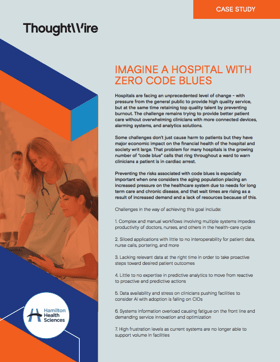"In the department of economy, an act [...] gives birth not only to an effect but to a series of effects. Of these effects, the first only is immediate; it manifests itself simultaneously with its cause—it is seen. The others unfold in succession—they are not seen." - Frederic Bastiat, "That Which Is Seen, and That Which Is Not Seen", 1850
When Bastiat said that, he was talking about economic theory and the law of unintended consequences. But it can also be taken another way: what's obvious and what's less obvious. In both senses, this can also give an interesting perspective on the department of Customer Success.Plenty of people see tech support as a cost centre, rather than a revenue centre. And in a direct sense - "what is seen" - that's true. We don't sell products or services ourselves or build anything customer-facing. In a lot of ways, a Customer Success team appears to exist in its own little bubble apart from the teams that generate the company's revenue. Our job is to keep the customers happy with what we've already sold them; that part of the job is also "what is seen."
What isn't seen is the long-term effects that keeping the customer happy has on the business. The most obvious outcome of a happy customer is that they'll continue using your product and buying licenses for it, but there's more than that. A happy customer becomes a brand ambassador for your company, willing to step up and tell everyone else what great results they've achieved with your product. A happy customer will also be more receptive to an upsell of future products, which results not just in maintaining revenue but actually increasing it.
Another example of seen versus not seen can be found in what Customer Success actually does. The big, flashy, obvious "seen" is bugs and support tickets; fixing things that go wrong when they go wrong. Even resolving a ticket is about more than just identifying an issue and giving the answer; it's also about how you give that answer. When your customers call in with issues, they're under stress and pressure to get their workflow back to normal as soon as possible. They want their concerns to be heard, they want to feel like they're being understood, and every now and then they just want to vent.
As a Customer Success team, you need to make sure you meet those empathetic needs as well as the technical needs. The immediate effect is a resolved ticket; the long-term effect is a happier customer. Likewise, the obvious job of Customer Success is to resolve issues; the less obvious job is to be a supportive point of contact when your customers need you.
About the author
Justin Robinson is a Technical Support Specialist on the Customer Success team at ThoughtWire. He is one of the main points of contact for technical support. He's been a part of the company for over 3 years.






